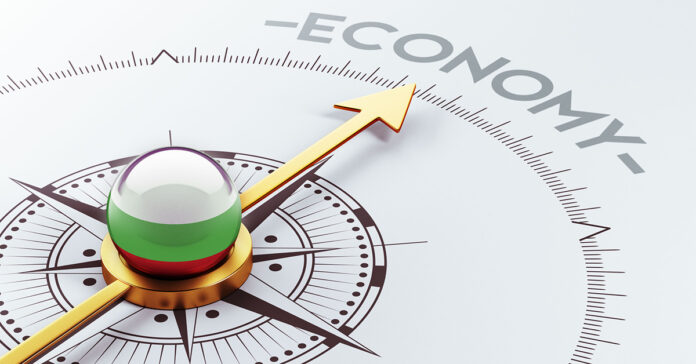The Ministry of Finance has said that the External payments remained burdened due to lesser foreign exchange inflows throughout the year.
The Ministry of Finance in monthly Economic Update and Outlook May 2023 mentioned that Pakistan economy experienced 0.29% provisional GDP growth in the FY 2023 on account of many challenges emanating from an uncertain external and domestic economic environment.
These challenges triggered CPI inflation to remain on a higher trajectory despite monetary tightening primarily due to PKR depreciation adding that the report mentioned that external payments also remained burdened due to lesser foreign exchange inflows.
Fiscal consolidation, adopted by the government during the outgoing year, has supported economic sustainability, the report states.
The monthly report states that rehabilitation of agriculture activities during the Kharif season will also have a positive effect on economic growth. Overall, the appropriate policy-mix is expected to bring prosperity, economic growth, and improved supply chain.
The report stated that Inflationary pressure in May 2023 is expected to continue as observed in the month of April.
CPI inflation recorded at 36.4 percent on a year-on-year basis in April 2023 as compared to an increase of 35.4 percent in the previous month.
The potential reasons for the rising price level are flood damages, disruptions in supply chains, devaluation brought by the macro-economic imbalances and political uncertainty.
The inflation for the month of May 2023 may remain in the range of 34-36 %, the report added.
On a month-on-month basis, it increased to 2.4 % in April as compared to an increase of 3.7 % in the previous month. On average, CPI inflation is recorded at 28.2 % during Jul-Apr FY2023 as against 11.0 % in the same period last year.
The provisional net tax collection grew by 16.1 % to Rs.5637.9 billion during Jul-Apr FY2023 against Rs.4,855.8 billion in a similar period last year. In April 2023, it grew by 0.4% to Rs.482 billion as compared to Rs.480 billion in the comparable period of last year.
The current performance of fiscal indicators indicates effective consolidation through various revenue rising and expenditure management strategies. However, there are certain downside risks to the fiscal sector towards the end of the current fiscal year.
These risks may emerge due to higher than-expected expenditures mainly due to rise in debt servicing costs and higher expenditures for the flood rehabilitation activities.
Similarly, on the revenue side, FBR tax collection increased by 16.1% during Jul-Apr FY2023, however, it remained less than the target. It is important to note that the growth, even though less than projected, was only substantial in direct taxes. The slowdown in economic activity and import compression explain a substantial portion of the lower-than-expected tax revenue during the review period.
Recognizing these issues, the government is taking effective steps to reduce non-productive spending through austerity measures and focus on targeted subsidies. On the revenue side, the FBR is working hard to boost tax collection through different policy and administrative initiatives in the aftermath of a challenging economic environment at both the domestic and international levels. All of these actions would help in managing fiscal imbalances while keeping the fiscal deficit under control and the primary balance at a sustainable level.




